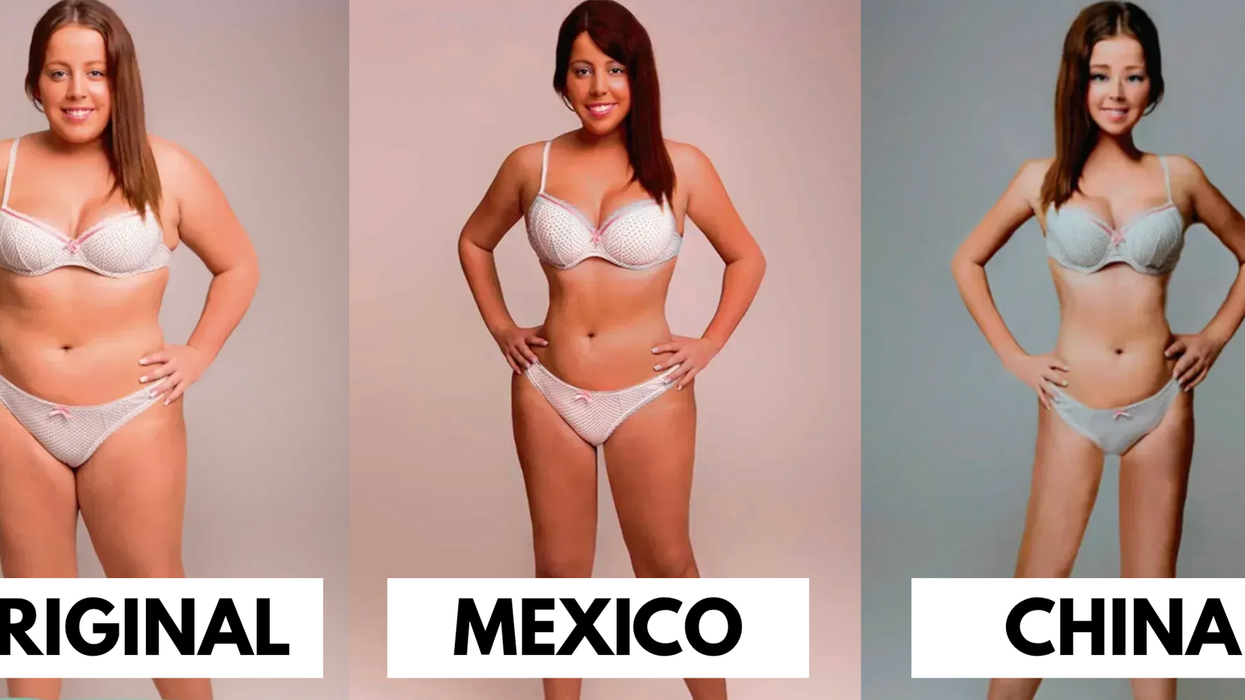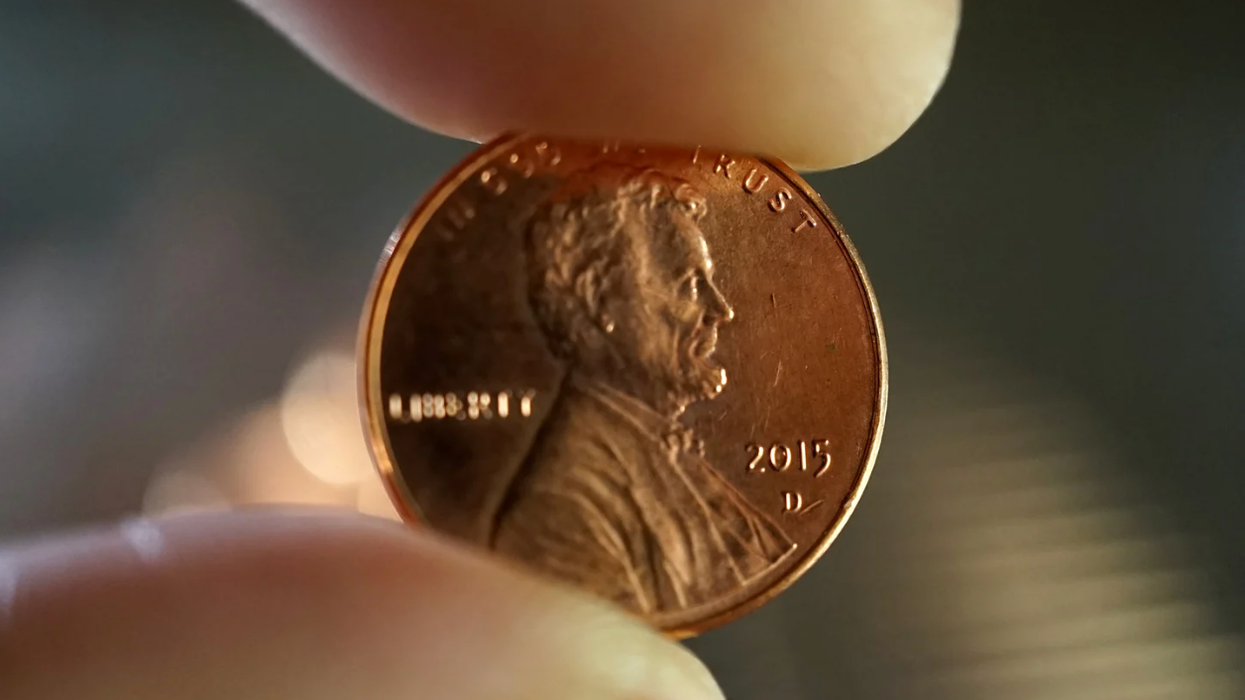The #DeleteUber hashtag has been on repeat since January. First it was the taxi strike at John F. Kennedy International Airport. Then an engineer went public about sexual harassment and gender discrimination. Next, CEO Travis Kalanick’s hostile exchange with an Uber driver went viral and its seriously shady business practices were exposed. Every time Uber makes a mistake, the #DeleteUber trend resurfaces, with thousands sharing screenshots of their account deletions—but are people actually leaving the ride-sharing app in the dust?
Apparently, it’s all talk. Though 200,000 users deleted their accounts after the taxi strike backlash, 93 percent of millennials surveyed in March 2017 continue to use the app today. Of course, there are other ride-sharing options—Lyft being the most obvious—but Uber still reigns supreme in the app store, despite the spate of bad publicity. So why can’t we stick to our Uber-deleting guns? It’s not just the convenience. Ride-sharing services are even cheaper than owning and driving your own car.
In eight of the largest cities in the country—Chicago, Detroit, Los Angeles, Miami, New York City, San Diego, San Francisco, and Washington, D.C.—commuting via uberPOOL everyday is less expensive than driving your car to work. In the cities surveyed, the average cost of commuting via personal car was $113.87 per week, which takes into account gas ($7.72), parking ($48.02), car insurance ($29.82), and wear and tear ($28.31). The uberPOOL commute, on the other hand, could cost as low as $61.69 if you live in LA. The cities with the most pronounced ride-sharing savings are San Francisco ($83.16 saved per week), New York City ($75.75 saved), and Chicago ($38.96 saved)—which, if you’re one of these lucky city dwellers, could translate to more than $4,100 back in your wallet each year.
[iframe position="standard" ratio="0.5625" url="//e.infogr.am/rideshare_or_drivewhich_is_a_cheaper_commute_for_you?src=embed" title="Rideshare or Drive:
Which is a cheaper commute for you?" width="550" height="704" scrolling="no" frameborder="0" style="border:none;">"]
Ride-sharing doesn’t just cut personal transportation costs—it’s also helping cities around the country decrease the cost of traffic. You might not realize it, but those hours we all spend idling along at 1 mph are actually quite expensive: Across the country, we lose seven billion hours and three billion gallons of fuel to traffic every year, costing drivers $160 billion annually. A new study from the Massachusetts Institute of Technology found that ride-sharing apps can cut the the number of vehicles on the road by a third without significantly affecting travel time, which, in turn, improves traffic costs immensely.
Traffic in New York City costs New Yorkers $14.7 billion annually. And much of that is due to the nearly 14,000 taxis that operate in the city on a daily basis. But with ride-sharing apps, researchers found that just 3000 cars could cover 98 percent of the city’s taxi demand, relieving the clogged streets and subsequent burned fuel. Imagine, with fewer cars on the road, you would have a wait time of under three minutes. And that’s just New York City. Think about the effect Uber could have on the 300 other cities it’s in around the world: the ride-sharing app has the potential to save six different continents billions of dollars in traffic costs and fuel.
Though people love to hate Uber, the app continues to be the majority of American's dirty little iPhone secret. You can’t blame them. Why drive when it’s cheaper to pay someone else to do it for you?






















